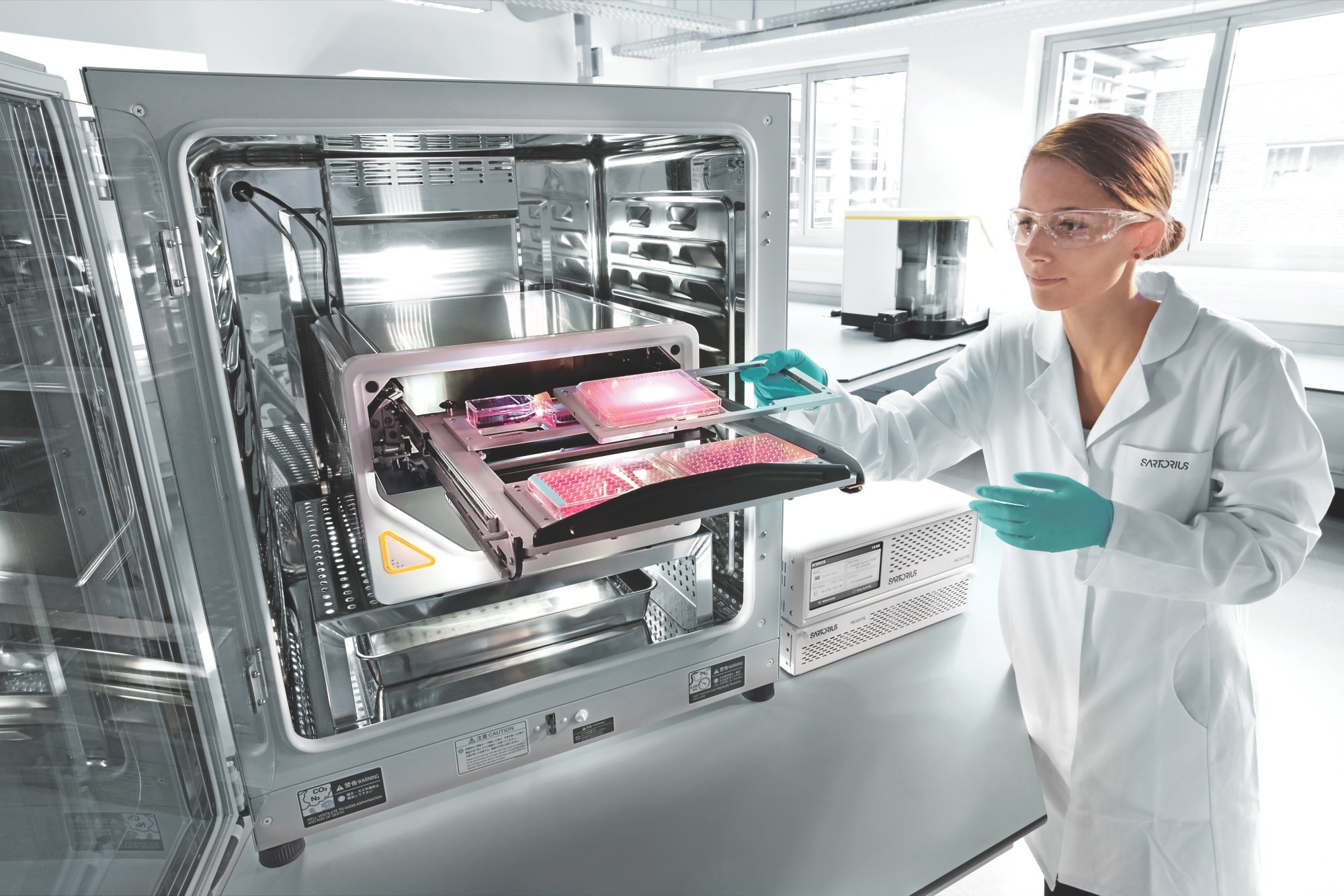The life science group Sartorius is expanding its multidisciplinary collaboration with NVIDIA to help enable the development of new and better therapies, combining Sartorius’ in-depth knowledge of life sciences and bioprocessing with NVIDIA’s AI-powered computing platforms and software.

Image Credit: Sartorius
Biological interactions are exceptionally complex. Making better use of data by integrating life science expertise with AI solutions is a promising approach to simplify and accelerate biopharma drug discovery and manufacturing progress. This expanded collaboration with NVIDIA will help result in relevant technological innovations for our customers and ultimately for patients."
Prof. Dr. Oscar-Werner Reif, Chief Technology Officer, Sartorius
Sartorius has been working with NVIDIA since 2020. The life science group has integrated NVIDIA's technology into its instruments, enabling edge computing applications of its live-cell imaging platform for commercialized AI assays in the lab. The focus of the collaboration has been on developing predictive AI models of stem cell-derived organoids to replace animal models in drug discovery and precision medicine. Sartorius is also using NVIDIA solutions for predictive bioprocess design and simulation tools for manufacturing innovative therapies.
The expanded collaboration includes increasing adoption of the NVIDIA Clara suite of AI-powered computing platforms, software, and services in the Sartorius ecosystem. Plans involve creating and commercializing powerful foundational models based on Sartorius’ extensive and unique data sets. New predictive AI models, tools, and simulations for numerous application areas will also be available to Sartorius customers through the NVIDIA Clara suite and the NVIDIA DGX platform.
In a forward-looking approach to innovation and technology integration in the biopharmaceutical sector, the collaboration will explore numerous advanced technologies, including the computer-based design and simulation of complex 3D-bioprinted spheroids and organoids or synthetic biological pathways and organisms designed based on Sartorius cell lines, to produce novel therapeutic agents and therapies.